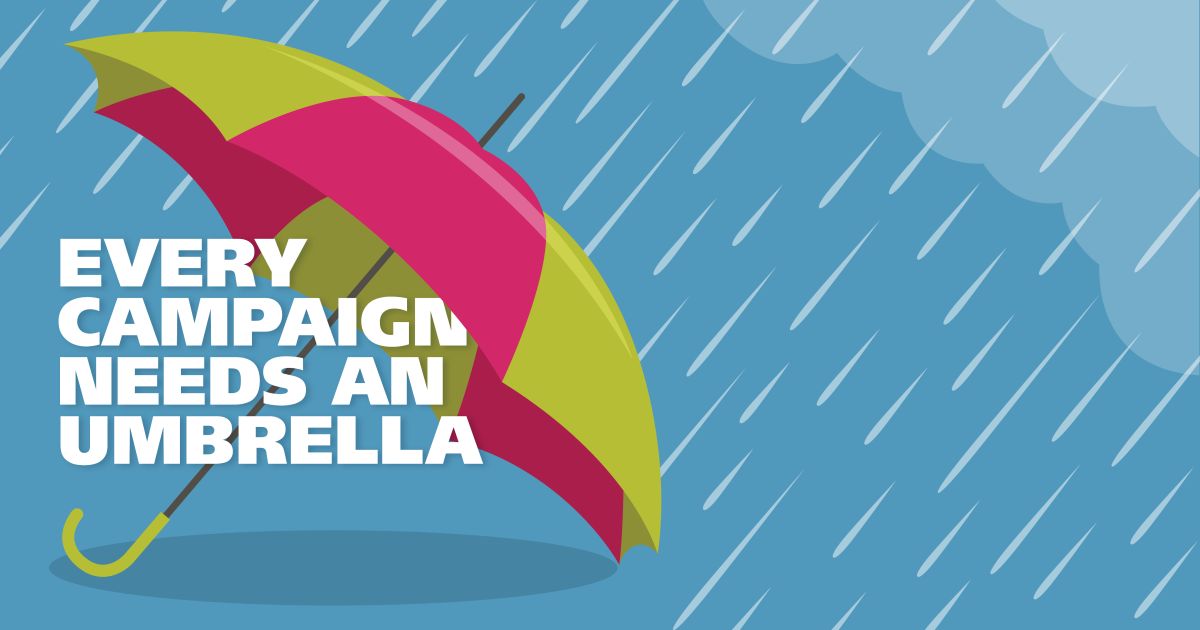It happens all the time. A client needs a direct response campaign to create fast, tangible results. In higher education, for example, the objective is typically to generate new leads for a program ahead of an application deadline. In other industries, it may be driving attendees to an event or requests for a service consultation.
It’s easy to become hyper-focused on addressing these primary marketing objectives that reside at the bottom of the marketing funnel (leads, visits, sales, etc.). This is especially true when we prioritize success measures that are tied directly to these objectives, like hitting a target cost-per-conversion.
When we focus on the bottom of the funnel, campaign performance can be sufficient. But better results can be found by taking a more holistic approach to your marketing. Customers don’t make decisions in a vacuum. Think about it—would you feel comfortable handing over your contact information based on one ad from a brand you’d never heard of? We’re confronted with hundreds of messages each day, all of them competing for our utmost attention. It takes time for these messages to sink in and for brands to become top of mind and worthy of our trust.
Because of this, we like to help our clients create campaigns with an “umbrella”—a layer of brand-focused advertising that overlays and reinforces all other marketing tactics. By focusing on brand awareness and recognition, direct response campaigns with more specific, action-oriented messages can drive results more quickly and efficiently.
Here are three ways to start adding an “umbrella” to your marketing:
1. Segment your media budget.
During the initial planning of your campaign, think about ways to allocate your budget into two categories: product/service-level advertising, and brand-level advertising. Depending on your situation, LMD usually recommends a ratio of 70% product/service vs. 30% brand to provide sufficient brand reinforcement for your more specific promotions.
2. Experiment with traditional advertising.
If budget allows, consider adding traditional or out-of-home advertising to your media mix to complement your typical digital spending. The added impact can help boost recognition and memorability of your brand, giving your digital ads a lift and driving more clicks from users who have seen your billboards, TV spots, or transit ads.
3. Maintain a presence.
Remember the saying, “If a tree falls in the forest and nobody is around to hear it, does it actually make a sound?” Philosophical speculation aside, we can ask a similar question about how marketing affects the way your brand is perceived by your potential customers. If your brand messages never reach them, do they find you credible or even know you exist? When preparing your marketing campaign calendar, consider running some form of brand-level advertising year-round, or during key customer decision making periods—not just when you’re looking for a boost in your bottom line.
Need help giving your campaigns an umbrella? Get in touch with LMD.

